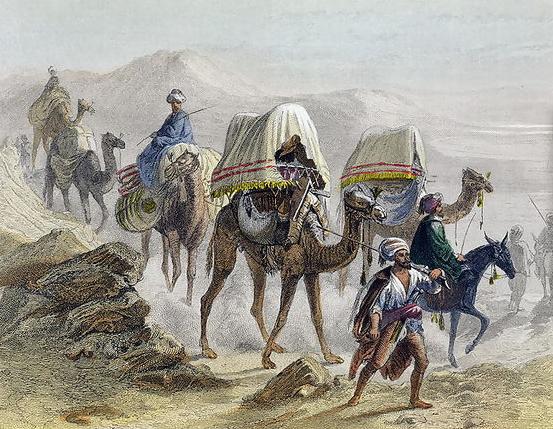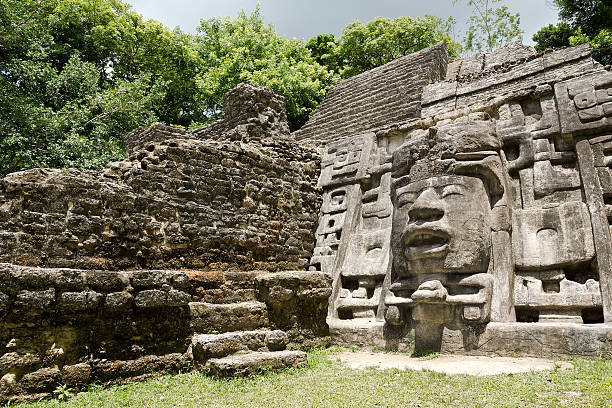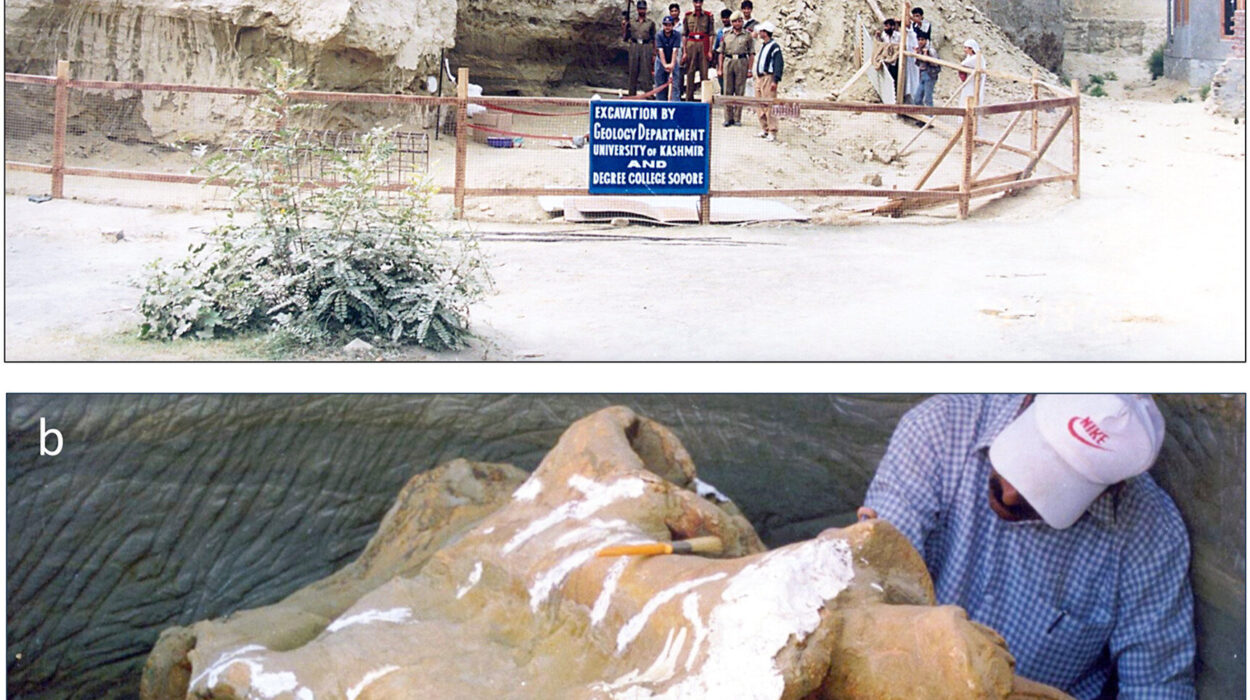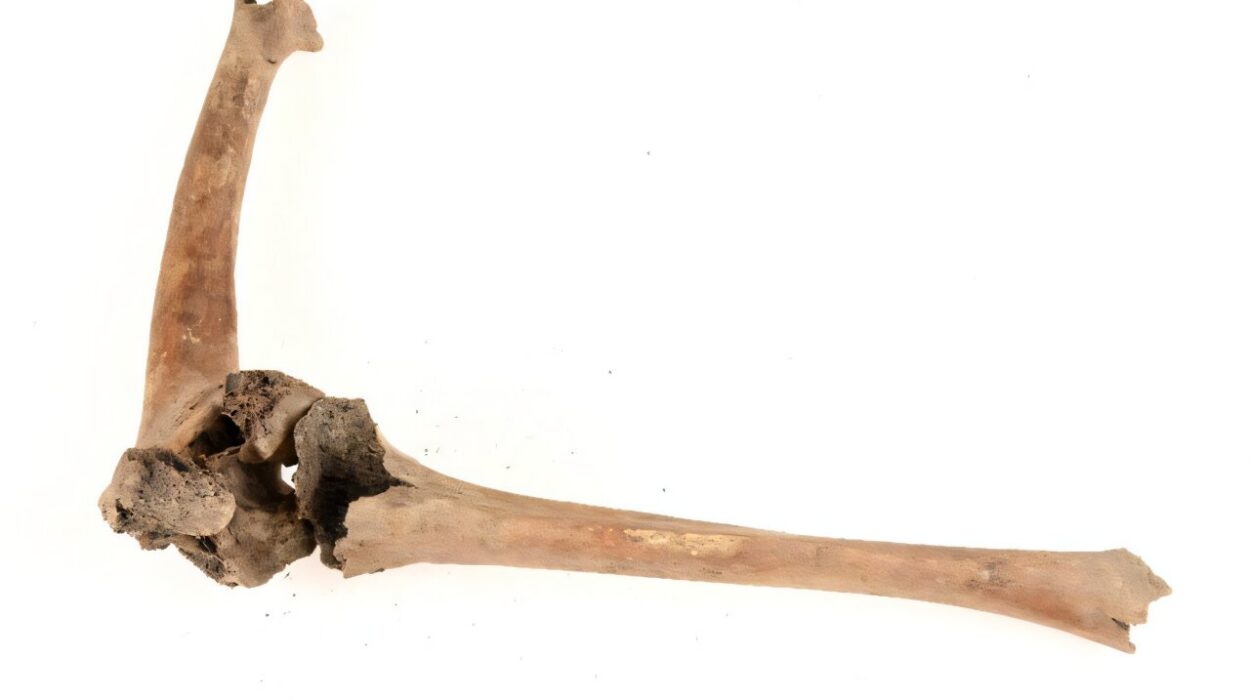Across deserts of shifting gold, through savannahs teeming with life, and along rivers that pulsed like veins across the continent, trade routes in ancient Africa bound people together. They were not merely roads for goods; they were arteries of culture, innovation, and power. To imagine these routes is to picture caravans of camels shimmering against the horizon of the Sahara, bustling port cities along the Indian Ocean coast, and mighty kingdoms enriched by gold, salt, ivory, and ideas.
The story of ancient African trade routes is not a narrow economic history. It is a human drama of survival and ambition, of cultures colliding and blending, of empires rising from the flow of wealth, and of knowledge carried as surely as spices and metals. These routes were the threads weaving Africa into a global tapestry long before the modern era, proving that Africa was never isolated but a central stage in world history.
Trade as the Lifeblood of Ancient Civilizations
Wherever civilizations have thrived, trade has been their lifeblood. In Africa, geography created both challenges and opportunities. Vast deserts, dense jungles, and long coastlines made travel difficult, but they also created unique goods that drew merchants from near and far. Gold glittered in the rivers of West Africa. Salt lay in rich deposits beneath the Sahara. Ivory was carved from the tusks of elephants in the forests and savannahs. Exotic spices, textiles, and beads crossed thousands of miles, changing hands from one merchant to the next.
Trade was more than commerce—it was survival. Salt preserved food, making it as valuable as gold. Iron tools transformed farming and warfare. Horses, brought through trade, altered the balance of power among kingdoms. As goods traveled, so too did languages, religions, technologies, and artistic traditions. Every exchange was not only material but cultural, leaving imprints that shaped African societies for centuries.
The Trans-Saharan Trade: Desert Caravans and Kingdoms of Gold
Perhaps the most iconic of Africa’s trade routes were those that crossed the vast Sahara Desert. At first glance, the Sahara seemed impassable—a sea of sand stretching over 9 million square kilometers. Yet for millennia, it was crossed by daring traders who forged pathways between North Africa and the wealthy kingdoms of the Sahel.
The Rise of the Camel Caravan
The key to unlocking Sahara’s potential was the camel, introduced from Arabia around the first millennium CE. Unlike horses or oxen, camels could carry heavy loads, endure scorching heat, and travel for days without water. With camels, entire caravans began crossing the desert, linking distant lands.
These caravans were epic in scale—sometimes stretching for miles, with thousands of camels laden with salt, gold, cloth, and slaves. By day they braved the blistering sun; by night they navigated by stars, resting in oases where life bloomed against the desert’s emptiness.
Gold and Salt: The Twin Commodities
At the heart of trans-Saharan trade lay gold and salt. West Africa was rich in gold, mined in places like Bambuk, Bure, and later the great Ghana Empire. Meanwhile, the Sahara concealed vast salt mines in Taghaza and Taoudenni. Gold was desired in the Islamic world and Europe, while salt was vital for health and food preservation. The trade of these two commodities formed the backbone of wealth for kingdoms like Ghana, Mali, and Songhai.
Empires Built on Trade
The Ghana Empire (c. 300–1200 CE) was the first great Sahelian empire, thriving on taxes collected from traders. It was succeeded by the Mali Empire (c. 1235–1600), whose ruler Mansa Musa became legendary for his pilgrimage to Mecca in 1324, carrying so much gold that he disrupted markets for years. Later, the Songhai Empire (c. 1460–1591) controlled the trade routes and cities like Timbuktu and Gao, which became centers of learning as well as commerce.
These empires were not just economic giants; they were cultural beacons, where Islam blended with local traditions, literacy flourished, and scholars from across the Islamic world came to study. Without trade, such empires could never have reached such heights.
The Nile and the Red Sea: Egypt as a Crossroads
Long before camels trekked across the Sahara, the Nile River and the Red Sea provided lifelines for trade in northeast Africa. Ancient Egypt, one of the earliest great civilizations, owed its prosperity not only to fertile lands but also to its position as a hub between Africa, the Middle East, and the Mediterranean.
The Nile as a Highway
The Nile was not merely a river—it was a highway flowing through the desert. Boats carried grain, papyrus, stone, and precious metals northward, while luxury goods and exotic animals came from Nubia and further south. Egypt’s trade with Nubia and Kush brought gold, ivory, incense, and slaves, while Egyptian goods flowed back in return.
Red Sea Connections
The Red Sea opened another route, linking Egypt to Arabia and beyond. As early as the time of Pharaoh Hatshepsut (15th century BCE), Egyptian expeditions sailed to the land of Punt (likely modern-day Eritrea, Djibouti, or Somalia), bringing back incense, myrrh, and exotic animals. Later, during the Greco-Roman period, ports like Berenike and Myos Hormos became bustling centers of Indian Ocean trade, where African, Arabian, and Indian merchants exchanged goods.
Egypt’s role as a crossroads of trade gave it not only wealth but also a cosmopolitan identity, blending African, Mediterranean, and Near Eastern cultures.
Indian Ocean Trade: The Swahili Coast and Beyond
While the Sahara linked Africa to the Islamic world, the Indian Ocean opened Africa to Asia. Along the eastern coastline of Africa, from modern Somalia to Mozambique, a string of thriving city-states grew into the Swahili Coast, driven by trade across the sea.
Monsoon Winds and Maritime Highways
The Indian Ocean trade relied on the monsoon winds, predictable seasonal currents that carried ships from Africa to Arabia and India, and back again. These winds created a rhythm of commerce, as merchants timed their voyages with the changing seasons.
Goods of the Swahili Coast
From the African interior came ivory, gold, iron, and slaves, carried to coastal ports like Kilwa, Mombasa, Zanzibar, and Sofala. In exchange, merchants brought Chinese porcelain, Indian cotton, Persian carpets, and Arabian perfumes. The Swahili cities grew wealthy, their architecture blending African, Arab, and Persian styles, and their language itself—Swahili—emerging as a cultural fusion of Bantu roots with Arabic influence.
Global Connections
The Swahili Coast was not a marginal frontier—it was a global hub. Chinese fleets under Admiral Zheng He visited in the 15th century, while merchants from as far as Southeast Asia knew of its riches. African goods flowed into the wider Indian Ocean economy, linking Africa into one of the earliest truly global trade systems.
West African Inland Routes: Forests, Savannas, and Rivers
While the Sahara and the Indian Ocean attracted the most attention, West Africa also contained complex inland trade networks. Rivers like the Niger and Senegal served as arteries connecting forest, savanna, and desert zones.
From the forests came kola nuts, timber, and slaves. From the savannas came grain, livestock, and cloth. Inland trade connected small communities with larger kingdoms, creating webs of exchange that supported local economies and helped integrate the region long before external trade expanded.
Southern African Trade: Gold and the Great Zimbabwe
In southern Africa, trade routes linked the interior to coastal markets. The most famous center of this network was Great Zimbabwe, a powerful city-state that flourished between the 11th and 15th centuries.
The Wealth of Great Zimbabwe
Great Zimbabwe controlled the trade in gold, cattle, and ivory, funneling wealth toward the coastal port of Sofala. From there, goods entered the Indian Ocean system, flowing to Arabia, India, and China. The massive stone structures of Great Zimbabwe—the largest in sub-Saharan Africa—stand as a testament to the wealth generated by trade.
Expanding Influence
The influence of Great Zimbabwe extended across southern Africa, shaping cultural and political life. Later states, such as the Mutapa Empire, continued to thrive on similar trade routes, ensuring the region remained tied to international markets.
Cultural Exchanges Along the Trade Routes
Trade routes were more than economic highways; they were conduits of culture and ideas. Islam spread across North and West Africa through merchants and scholars, blending with local traditions. Arabic script was adopted for African languages, and Islamic architecture transformed cities.
Art and technology also traveled. Beads from India were found in southern Africa, while African ivory adorned European churches. Agricultural techniques, musical traditions, and oral stories crossed boundaries, leaving indelible marks on the cultural landscapes of countless communities.
Perhaps most importantly, knowledge traveled. Cities like Timbuktu became centers of scholarship, housing libraries of thousands of manuscripts. These works preserved not only Islamic learning but also local African wisdom, making the trade routes intellectual as well as commercial highways.
The Challenges and Dangers of Trade
Trade across Africa was never easy. Caravans crossing the Sahara risked death from thirst, sandstorms, and raiders. Merchants on the Indian Ocean braved storms, piracy, and unpredictable winds. Disease spread along routes, while political instability sometimes disrupted commerce.
Yet it was precisely because of these risks that trade was so highly valued. Goods that survived the journey carried immense worth, and the control of trade routes became a source of power for kingdoms and empires. The courage and ingenuity of traders helped build the networks that would shape Africa’s history.
The Decline of Ancient Trade Routes
No trade route lasts forever. The rise of European maritime powers in the 15th and 16th centuries shifted global trade. The Atlantic Ocean replaced the Sahara and Indian Ocean as the main stage of commerce, with devastating consequences for Africa. The transatlantic slave trade uprooted millions, reshaping societies and economies.
Yet the legacy of ancient trade routes endured. They had already left Africa deeply interconnected with the wider world, shaped by centuries of exchange and cultural blending. The great cities, the languages, and the traditions born of trade remain part of Africa’s living heritage.
The Enduring Legacy
Today, when we speak of globalization, we are echoing patterns first established thousands of years ago on African trade routes. The Sahara caravans, the Nile expeditions, the Swahili dhows—all were early forms of globalization, connecting people across distances with goods, ideas, and beliefs.
The legacy of these routes is not only in the ruins of cities like Timbuktu or Great Zimbabwe, but in the resilience and creativity of African cultures. The trade routes remind us that Africa was not a passive periphery but an active participant in shaping the ancient and medieval world.
Conclusion: The Web That Bound a Continent
The ancient African trade routes were not just paths across deserts, rivers, and seas—they were the lifeblood of civilizations. They enriched empires, spread ideas, and connected Africa to the world. They made possible the grandeur of Ghana, Mali, and Great Zimbabwe, the vibrancy of the Swahili Coast, and the scholarship of Timbuktu.
In telling the story of these routes, we are telling the story of human connection itself. The routes were forged by necessity, sustained by courage, and immortalized by the wealth and wisdom they carried. They are a reminder that the past was never still, but a ceaseless movement of people, goods, and dreams.
Africa’s trade routes, ancient yet enduring in legacy, continue to inspire awe. They speak of a continent not isolated, but central—a place where civilizations met, exchanged, and transformed one another. And in their echoes, we find the timeless truth: that humanity’s greatest achievements are built not in isolation, but in connection.






